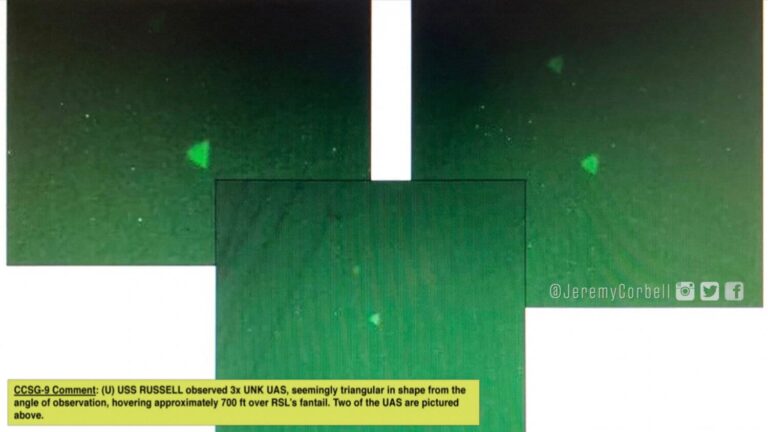NASA Searches for Signs of Extraterrestrial Life
NASA is on the hunt for signs of life, both past and present, beyond our planet. NASA Administrator Bill Nelson has made it clear that there are intriguing incidents in the universe that have left experts scratching their heads.
As of today, NASA lacks the high-quality data needed to definitively conclude the origins of Unidentified Flying Objects (UFOs). This revelation comes from a 36-page report by NASA’s independent UAP research team, released recently.
Nelson, expressing his personal belief, stated that in a universe as vast as ours, the possibility of advanced civilizations existing is plausible, although the immense distances make contact highly challenging.
Dr. Nicola Fox, NASA’s associate administrator, elaborated on the search for extraterrestrial life, emphasizing the need to find rocky planets orbiting hospitable stars, ideally with water and carbon, the building blocks of life.
UFO Sightings Puzzle NASA
NASA’s report acknowledges credible witness accounts of Unidentified Anomalous Phenomena (UAPs), the scientific term for UFOs. However, these sightings cannot be immediately categorized as human-made or natural occurrences due to limited high-resolution data coverage.
One obstacle isn’t the anomalous events themselves but distinguishing them from conventional occurrences. NASA’s report underscores the importance of understanding normal behavior to identify anomalies effectively.
David Spergel, chair of NASA’s independent UAP study team, likens finding UAPs to locating a needle in a haystack. The challenge lies in recognizing the needle, which, in this case, represents unknown phenomena.
The Quest for Answers Continues
The need to understand the origins of UAPs, whether of alien or human origin, is pressing due to potential threats to U.S. airspace.
NASA’s report outlines a strategy, including the use of artificial intelligence and improved reporting systems, involving military, commercial pilots, and the public.
Artificial intelligence and machine learning are crucial tools for identifying rare occurrences within vast datasets.
Additionally, NASA has appointed a new director for UAP research, although their identity remains undisclosed due to concerns about team safety and the integrity of the scientific process.
NASA aims to destigmatize reporting UFO sightings, a subject that has long carried taboo status and repercussions for those who spoke out.
In June 2022, NASA established an independent study team to analyze open-source data and resources to shed light on UAP incidents. This effort is separate from the Pentagon’s investigation but includes collaborative efforts.
NASA’s quest for answers continues, with scientists and experts working to obtain usable data and provide recommendations for the future.

